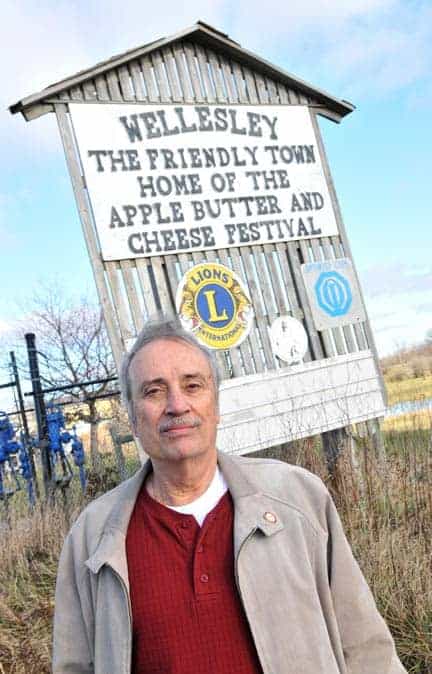;
;
;
Next Article
Canada playing catch-up on recycling

Waterloo Region would be well advised to scale back its plan for public transit, beginning with scrapping the light rail option, in light of this week’s provincial funding announcement. The $300 million pledged is a considerable amount of money, but the region was expecting far more. In fact, it was
Last updated on May 04, 23
Posted on Jul 02, 10
2 min read
